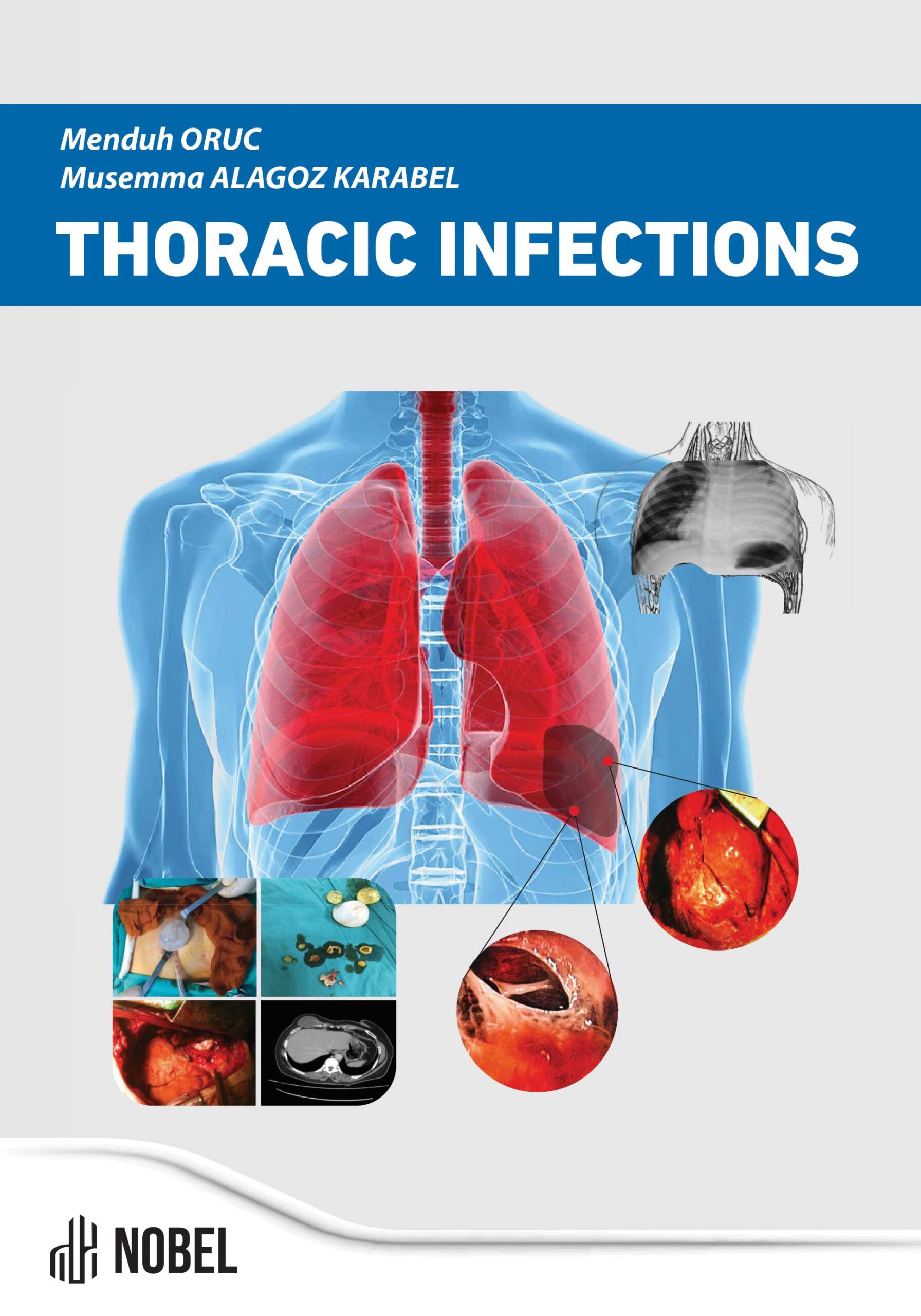Tuberculosis Pleurisy
No contributors found.
Release Date: 2024-03-25
Tuberculosis (TB) is the most common infectious disease that will cause death worldwide by 2022, apart from Covid-19. More than 10 million people are infected each year, and half of untreated cases can be fatal. TB usually affects the lungs and is transmitted through the air. Extrapulmonary TB develops in 25% of cases and usually [...]

